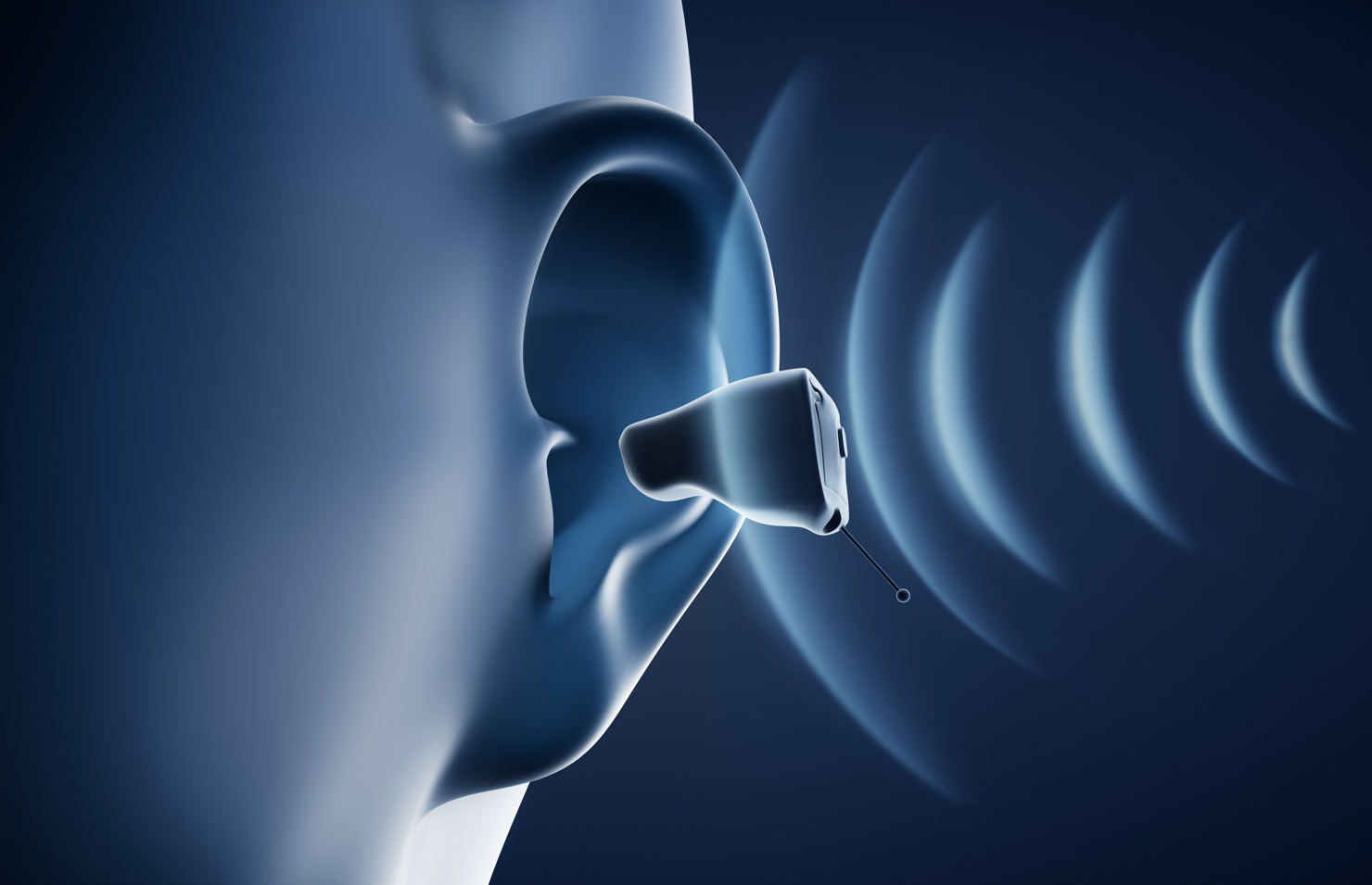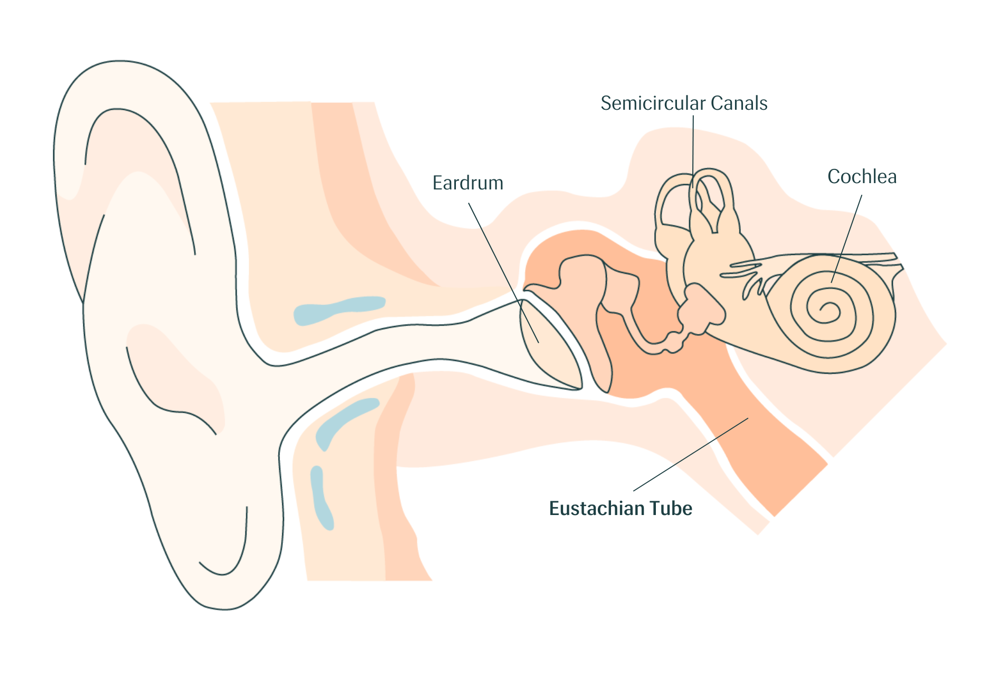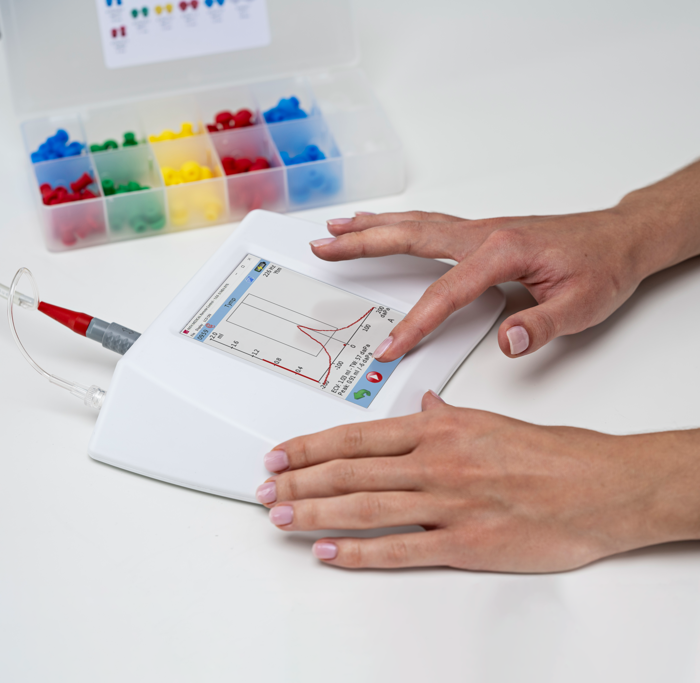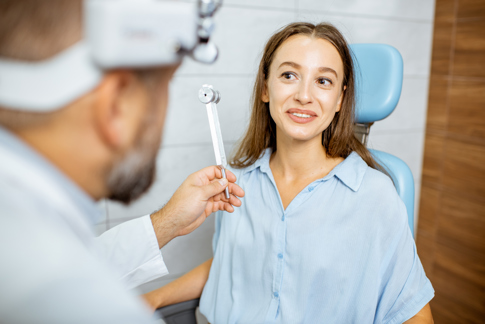The Eustachian tube is a small passageway that connects the middle ear to the back of the throat. The Eustachian tube plays a critical role in regulating the pressure within the middle ear, which is necessary for healthy hearing. It also helps to drain any fluid that may accumulate in the middle ear, preventing the growth of bacteria that can cause ear infections. When you swallow, yawn, or chew, the muscles in the back of the throat open the Eustachian tube briefly, allowing air to flow in and out of the middle ear, equalizing pressure. If the Eustachian tube is blocked or not functioning correctly, pressure within the middle ear can build up. This can ultimately lead to ear pain, hearing loss, and other complications.
The eustachian tube is closed at rest in a hearing auditory system. As noted above, it opens when swallowing, yawning, or chewing to equalize pressure in the middle ear space. This maintenance of middle ear pressure is important not only for the health of the tympanic membrane and mucosal lining of the middle ear, but for sound transmission to the inner ear.













